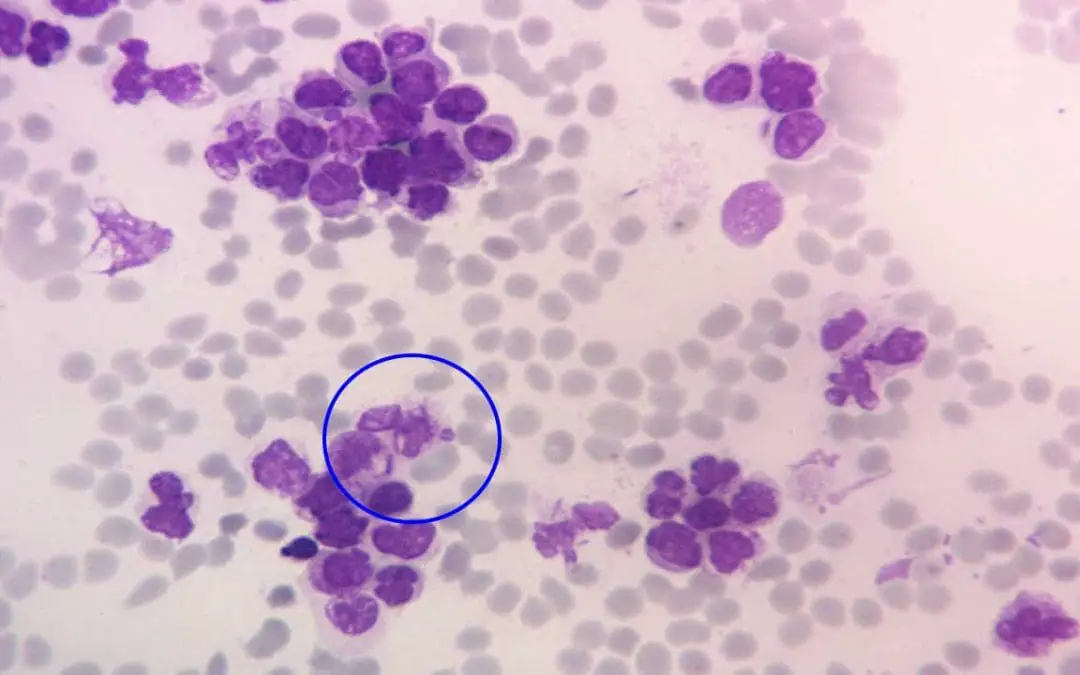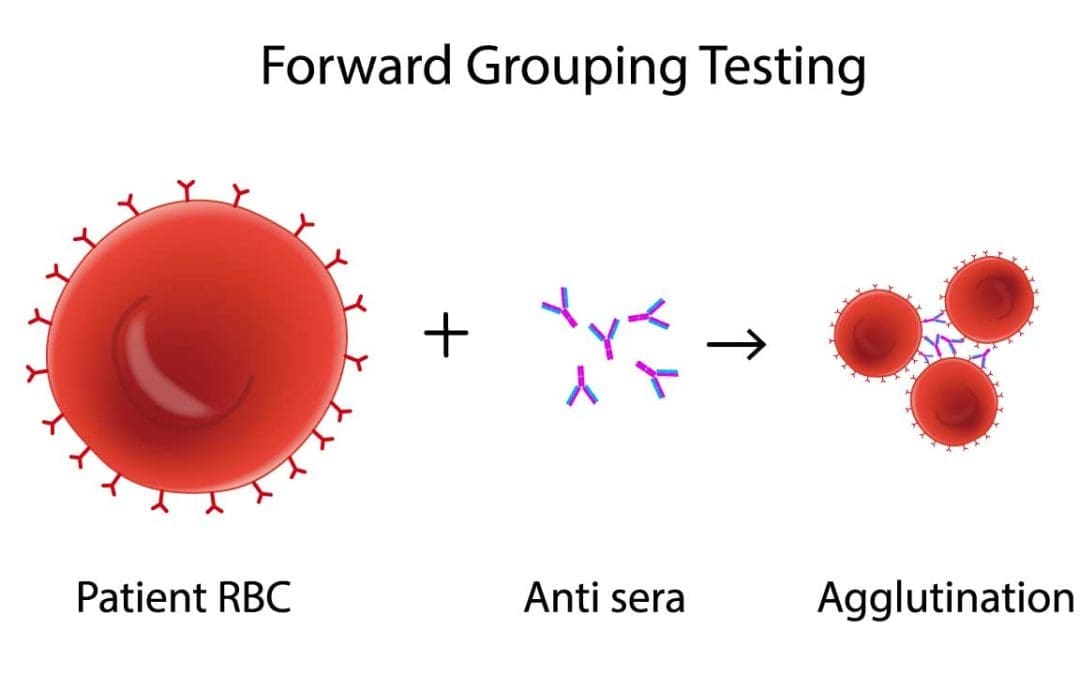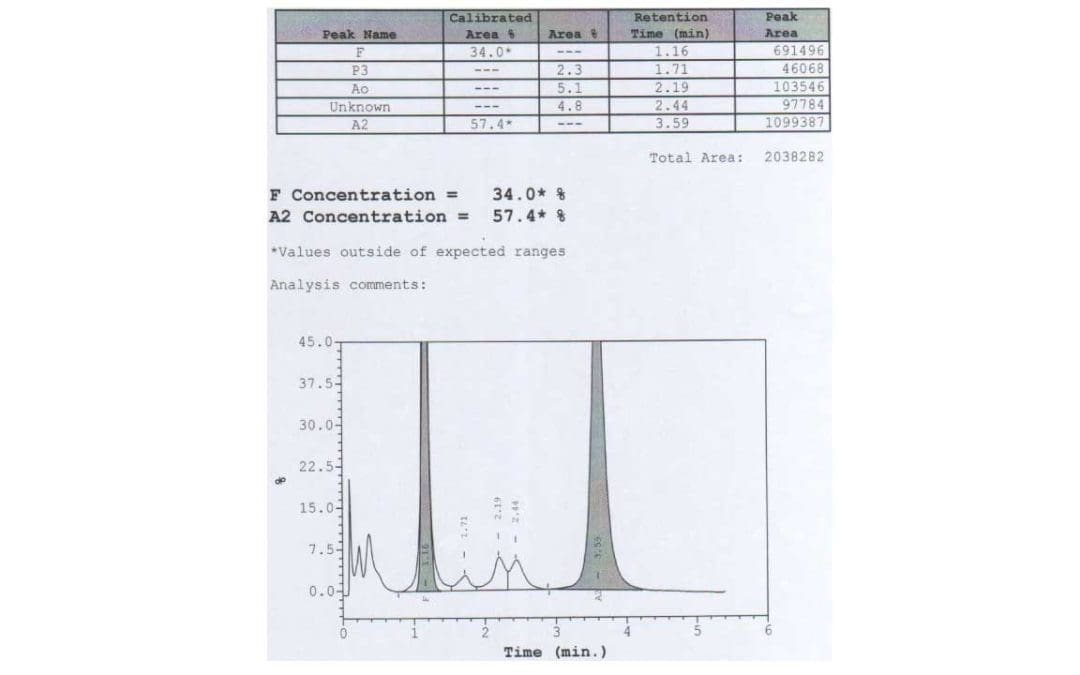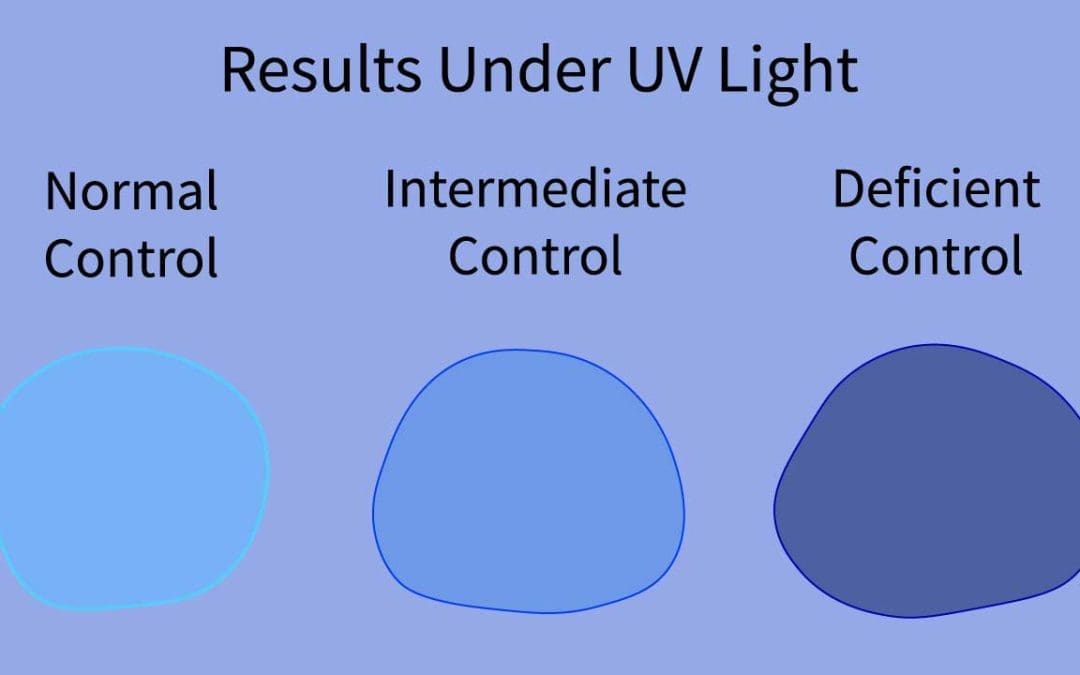
by MH Team | Dec 5, 2023 | White Blood Cells
TL;DR Acute myeloid leukemia (AML) is an aggressive neoplasm of the myeloid lineage caused by acquired somatic defects due to either environmental influences e.g. chemicals, drugs, radiation or infections e.g.bacteria, protozoa in early hematopoietic blasts that...

by MH Team | Dec 1, 2023 | Lab Protocols, Transfusion Medicine
Procedure TL;DR The ABO RhD test (Blood group typing) tube method involves Forward Grouping (identifying antigens on red blood cells) and Reverse Grouping (identifying antibodies in plasma). Key Steps ▾ Prepare Red Cell Suspensions: Create a standardized...

by MH Team | Nov 29, 2023 | Red Blood Cells
TL;DR Alpha thalassemia is an inherited hemolytic anemia due deletions or point mutation (uncommon) of the α-globin gene leading to reduced production or absence of α-chains needed for hemoglobin. It has an autosomal recessive inheritance pattern....

by MH Team | Nov 28, 2023 | Lab Protocols, Red Blood Cells
Procedure At-A-Glance HPLC (High Performance Liquid Chromatography) Procedure (Specifically the VARIANT II Beta Thalassemia Short Program). Sample Preparation: Collect a blood sample, preferably in EDTA. Lysate is prepared from the blood sample according to the...

by MH Team | Nov 23, 2023 | Lab Protocols, Red Blood Cells
Procedure At-A-Glance Prepare G6PD Reagent: Add 5 mL of dilution buffer to the freeze-dried G6PD reagent. Dissolve for 30 minutes. Prepare Quality Control (QC) Solutions: Add 50 uL of distilled water to each QC (normal, intermediate, deficiency) freeze-dried powder...







Recent Comments